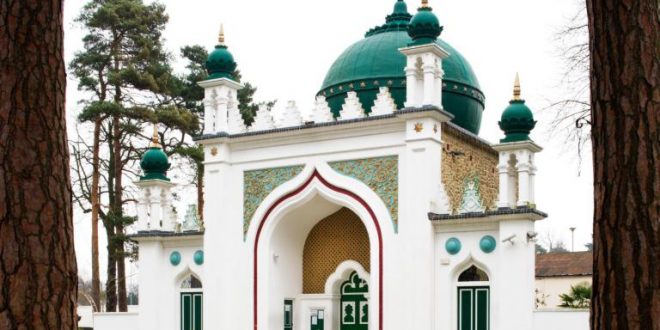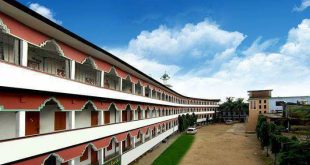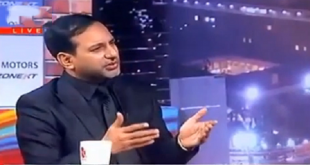A brief history of the British mosque
Muslims have lived in Britain since the 16th century, arriving initially for temporary periods of time to work and trade.
During the first and second world war around half a million Muslim soldiers fought for the British Empire and in the aftermath of 1945, mass immigration from former colonies began. Today, Muslims make up around 4% of the population of the UK.
A new book, The British Mosque: An Architectural and Social History by Shahed Saleem is the first ever overview and explanation of Islamic architecture in Britain, and records the buildings used, adapted or built by Muslim communities which have become an established part of our urban fabric.
There are no specific architectural requirements of a mosque, domes and minarets are not compulsory, meaning British Muslims have been free to build mosques in a variety of styles, the diversity of which reflects the diversity of the Muslim community in Britain.
Sailors and orientalists
Prior to the 20th century only a handful of mosques existed in Britain. The first recorded mosque was a Georgian terrace in Liverpool opened by Abdullah William Quilliam, a British convert to Islam. The first purpose-built mosque is in Woking, and was commissioned by Dr. Gottlieb Wilhelm Leitner, a Hungarian Jewish linguist.
Around the same time, Bengali, Somali and Yemeni sailors living in England began to convert pubs and houses into places of worship in the towns and cities they had settled in. These included South Shields, Liverpool, east London and Cardiff.

Partition and adaptation

In the aftermath of the partition of India in 1947, Muslim migration to Britain from India and Pakistan increased. As new communities settled across the country, they established new mosques to provide for their religious and social needs. Often these mimicked the architecture of home: one example is Wimbledon Mosque (1977), which evokes the architecture of Mughal India, within a conventional English suburb. It was designed by a local architect who was guided by the community as this was his first foray into Islamic architecture.

Most early mosques in post-war England started as house conversions and many of these still exist today, though they are steadily being replaced by newer mosque buildings as their congregations grow. Jamia Masjid in Bradford started with one house in 1958 and gradually expanded into the adjacent two houses as the community grew.
The path of adaptation is similar to that of earlier immigrant religious communities, such as the Nonconformists and Jews who had arrived in previous centuries.
Joining the local vernacular


As the Muslim population grew, extending existing mosques was no longer enough. The new Mosques that went up in the 1980s and 90s are often a curious amalgamation of Islamic and English architecture, where domes and minarets are underpinned by local materials and styles. The Noor-ul-Islam Mosque in Bolton and the Ghamkol Shareef Mosque in Birmingham are good examples of this.

Grand designs
From the start of the 21st century, mosque design had started to make more direct references to historic Islamic architecture. There are number of ambitious mosques that are landmarks in their neighborhoods, and that confidently express a new architectural language in Britain. In Bradford the Suffa-tul-Islam Mosque stands as a celebration of minarets and domes, elegantly faced in Indian sandstone.

As well as these historical examples, there are a handful of mosques that attempt a more modern approach. The new Cambridge Mosque is currently under construction, and has dramatic flowing timber columns. Meanwhile the small Shahporan Mosque in Bethnal Green demonstrates how traditional Islamic art can be abstracted to create a bold facade.


Find out more in our new book The British Mosque: An architectural and social history by Shahed Saleem.
 Komashisha
Komashisha




